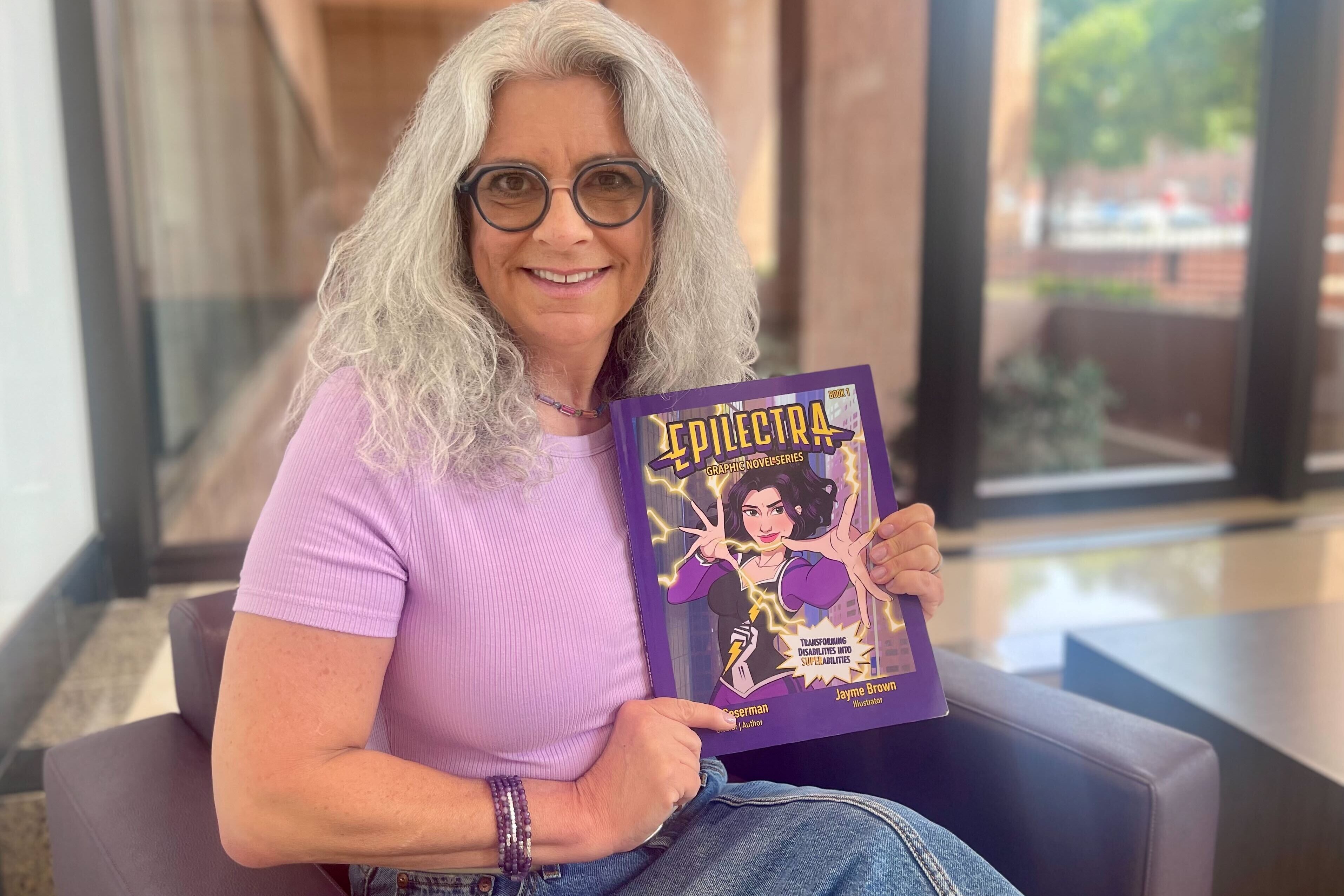

When we were kids, the long, slow crawl of baseball colored our summer afternoons. Red clay dirt. Freshly drawn baselines of powdered white chalk. Little League Cardinals in red and white; Orioles in orange Pirates in green. Fingers stained by Pixi-Stix from the concession stand.
Hard to believe, out here in the middle distance, that an entire summer has passed and I haven’t seen a single baseball game besides a glimpse of the Little League World Series on television. Half a century ago, summer was all baseball, all the time — even for girls who were not officially allowed to play.
In southern Kentucky, circa 1960, we spent our afternoons playing on the schoolyard across the street from our house, awaiting 4 o’clock and the preparation of the baseball field for a double hedder. A mother with a thick rope of keys unlocked the equipment shed, the concession stand, and the chain link doors to the dugouts. An umpire in crisp black and white stripes walked the baselines pushing a rolling metal box. Uniformed players began slowly tossing balls in the field beyond the fence.
My sister, Kim, and I are among the first kids to arrive, to claim the job of scorekeepers for the afternoon. From the equipment shed we retrieve a heavy box of metal squares imprinted with large white numbers. We lug the box to the right field fence.
Here come the mothers, dressed in cotton blouses and baggy shorts, toddlers dangling from their suntanned arms. They fill the bleachers and face home plate, chatting and handing out nickels, dimes, and quarters to the band of beggars huddling at their feet. A few kids race up the tall backstop fence and dangle like monkeys until the umpire shoos them down.
Players take the field now for a quick practice. Fathers in jumbo-sized replicas of the team uniforms bunt and lob balls to infielders who pantomime the tag out and the double play. Finally, players and coaches from both teams stand in rows along the first and third base lines and place their hats over their hearts for the National Anthem, and the ump yells, “Play ball!”
My sister and I sit atop the right field fence, the box of numbers between us. When someone scores a run, one of us stands carefully, balancing on the metal bar, and stretches up to hang a number from small nails across the scoreboard grid. We are bored and sad when we have to hang a zero, but this is Little League and more often than not we are scrambling to keep up with the accumulating score.
During a lull, one of us runs to the concession stand to load up on candy. Kim has a Brown Cow and I have a Sugar Daddy. The game rolls on, punctuated by the rise and fall of the fans’ voices, thundering and retreating. From where we sit, we can hear the chatter of the players on the field, psyching the pitcher and psyching out the batter. In the outfield, lazy bees drift from clover to clover and all is slow motion. From time to time, a home run arches upward and drifts over the fence and one of us jumps down to retrieve the ball.
Late in the day, when the sun is sinking in the western sky, the second game ends. We clear the scoreboard and haul the box of numbers back to the equipment shed. Parents eager to get home for dinner quickly and efficiently clean up and batten down the ball field. Our brother, a Cardinal, walks home beyond the center field fence, his glove dangling, his white pants stained with red clay.
The park is silent as my sister and I open the gate and take the deserted field. I stand on the pitcher’s mound and she takes a batter’s stance at home plate. I pound my imaginary mitt and wind up like a pro. She swings and misses. I wind up again and this time she hits, pausing to toss her imaginary bat toward the dugout before racing to first base. I tag her out and we switch places.
We practice sliding into second base. We slither on our bellies beneath the dugout door and drop into the cool concrete cellar. We sit on the bench and finger dried wads of bubble gum stuck to the smooth wood. It is nearly dark now and we hear our mother calling. We slither back out of the dugout and race through the gate, around the ballpark, past the center field fence, tired and dirty, bounding toward home.
‑ First published in September, 2011.
Kathryn Eastburn is the author of A Sacred Feast: Reflections of Sacred Harp Singing and Dinner on the Ground, and Simon Says: A True Story of Boys, Guns and Murder in the Rocky Mountain West. You can comment and read or listen to this column again at The Big Something at KRCC.org. “The Middle Distance” is published every Friday on The Big Something and airs each Saturday at 1 p.m. right after This American Life.








